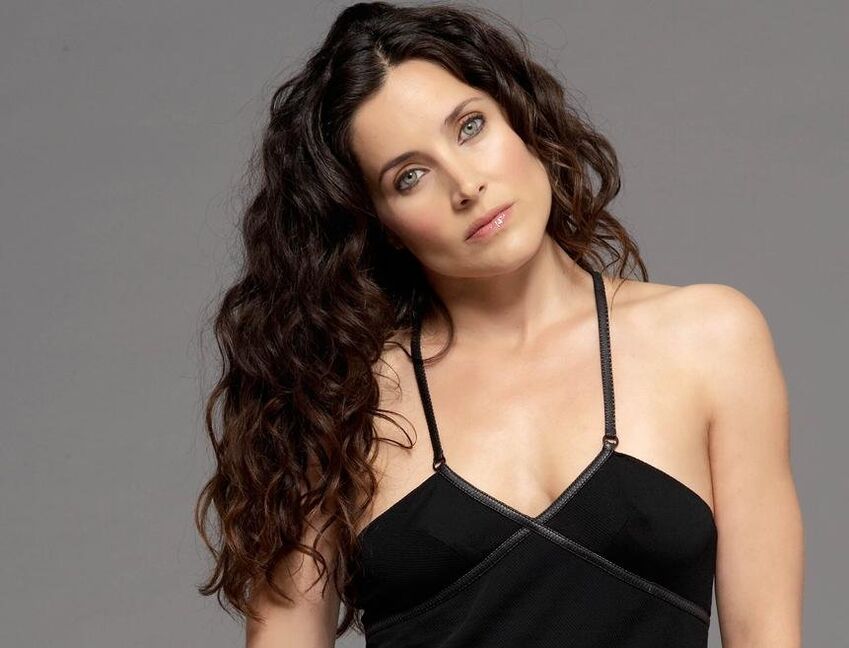
Primitive rhinoplasty was first practiced in ancient India. It was then the custom for thieves to cut off their noses because of their atrocities, and artisans created new ones from leather taken from other parts of the body. Today, the methods are improved and allow you to change or restore the shape almost painlessly and safely.
Although rhinoplasty is still a highly sought after cosmetic surgery service, plastic surgeons note that it has the lowest patient satisfaction scores compared to other cosmetic procedures.
Some surgeons see the source of the problem in the unjustifiably high expectations of patients from surgery. Others acknowledge that rhinoplasty is one of the most technically demanding cosmetic surgeries, so there is always a chance of unsuccessful results.
Indications for rhinoplasty
There are two types of this plastic surgery: restorative and cosmetic. The first can be prescribed by a doctor to correct problems that interfere with physiological processes in the body (for example, difficulty breathing due to a nose injury). The second type is designed to restore or change shape. Accordingly, indications for this procedure may be congenital defects or injuries to the nose. Also, rhinoplasty of the tip of the nose is often done to change your appearance a bit, making it more attractive.
How is rhinoplasty performed?
In most cases, this plastic surgery is done so that the scars are invisible. To do this, incisions are made inside the nostrils. Then, the surgeon performs a series of manipulations to change the shape and size of the nose. Sometimes implants or even cartilage can be installed during the procedure. At the end of the operation, a bandage and plaster are placed on the face in order to fix the result, and tampons are placed in the nostrils. Rhinoplasty rarely lasts longer than an hour and a half, after which the patient can leave the clinic in one day.
How to choose a good doctor?
Although rhinoplasty is a fairly common procedure, it is still complicated. Therefore, it is important to find an experienced surgeon. But here the main thing is not to overdo it, because older doctors are less able to absorb new information, and therefore do not use modern methods in their work.
Of course, the best advisors when choosing a surgeon will be your friends or relatives who have already consulted specialists with similar problems. If they are not, then you will surely find special resources on the Internet with doctor ratings and client reviews about them.
You will make the final decision when you visit several surgeons and look at the results of your work. During the consultation, be sure to ask the doctor about his education, place of practice and clinics in which he previously worked. Also, tell us right away what kind of result you expect from rhinoplasty. The specialist will choose the most suitable method for the operation for you and give all the information about how the procedure will take place. Pay attention to the answers: they must be accurate, understandable and fast. If the interlocutor hesitates, then he has something to hide and it would be better to turn to another specialist.




















